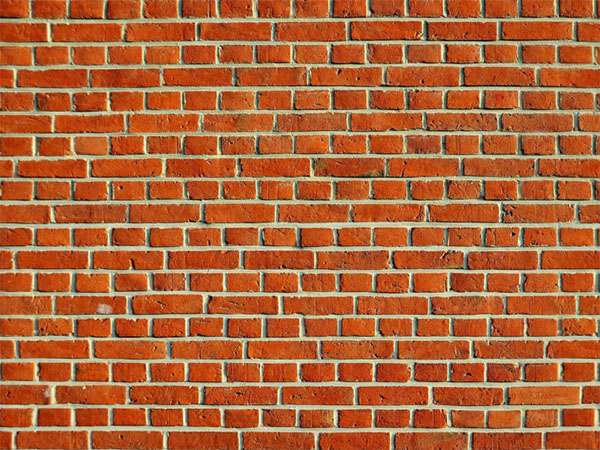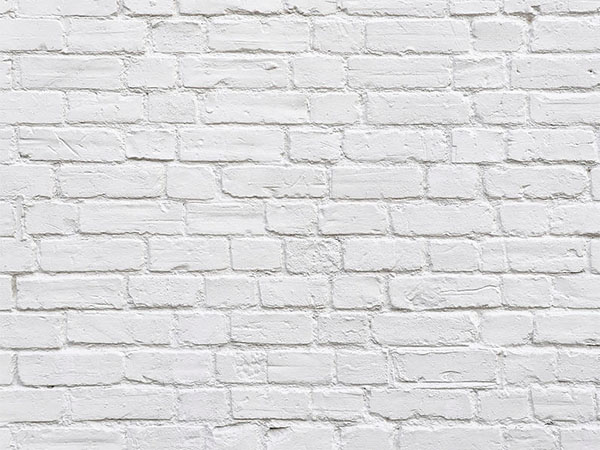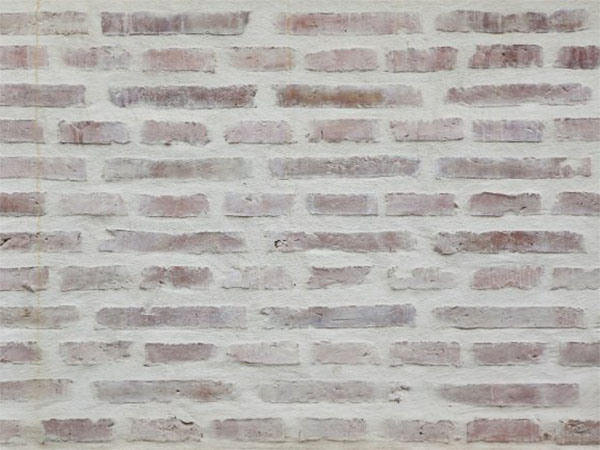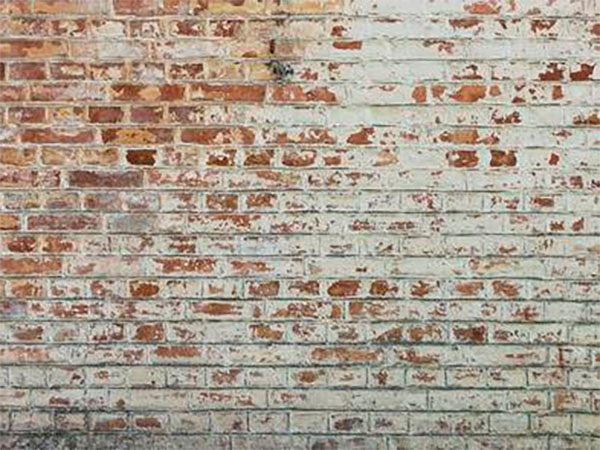It’s time to paint the exterior of your home. When it comes time to pick the color it can be quite intimidating. It is a color/s that will represent your personality as well as your homes architecture. Let’s be honest painting the exterior of your home is a lot of work, so you want it done right the first time! Here are a few tips and elements to consider when picking a color for the exterior of your home.
- History of the Home
Check out the history of your home. Do you live in a historic neighborhood? What era was your home built? There are specific colors used for certain time eras. For example, exteriors in the early 1900’s were not afraid to use color. There are earthy red homes with yellow trim and blue homes accented with magenta. By choosing complementing colors and using the color to highlight the architecture you can create a beautiful historic palette. Sherwin Williams Paint Company and Hallman Lindsay Quality Paints both have a historic color palettes and brochures approved by the Historical Society to help choose the right colors from the time period your home was built.
- Check out the Neighborhood
When driving through your neighborhood pay close attention to the houses. More than likely there will be homes that look similar and have been built in the time period similar to yours. You can see what you do, and do not like about their colors. You certainly don’t want to copy your neighbors’ colors, but you can get some inspiration and know what you like as you have seen it firsthand. Choose a color that complements what’s surrounded by you.
- Roof Color
Look at the color of your roof. There are different types like cedar shake or traditional shingles. If you have multi colored shingles, see what colors tones they contain and choose a corresponding color or a color with the same undertones. Your color does not have to match the roof by any means but should certainly complement it.
- What’s Not Being Painted
What’s not being painted on your home can help with your color choice. If you have stone or brick, try picking up a color tone from these elements. Other things to look at are vinyl windows, a new front door or other natural construction materials. You want to make sure that all the colors on your home go together in harmony.
- Go Light to Add Size or Go Dark for Drama
Choosing a lighter color for the outside of your home will make it appear clean cut and large. If size is not an issue, try using a darker color on the main area and highlight small detail with a lighter color. This combination will highlight small details that can easily be missed with lighter colors.
The post How to Pick an Exterior Paint Color appeared first on Two Day Painting.





